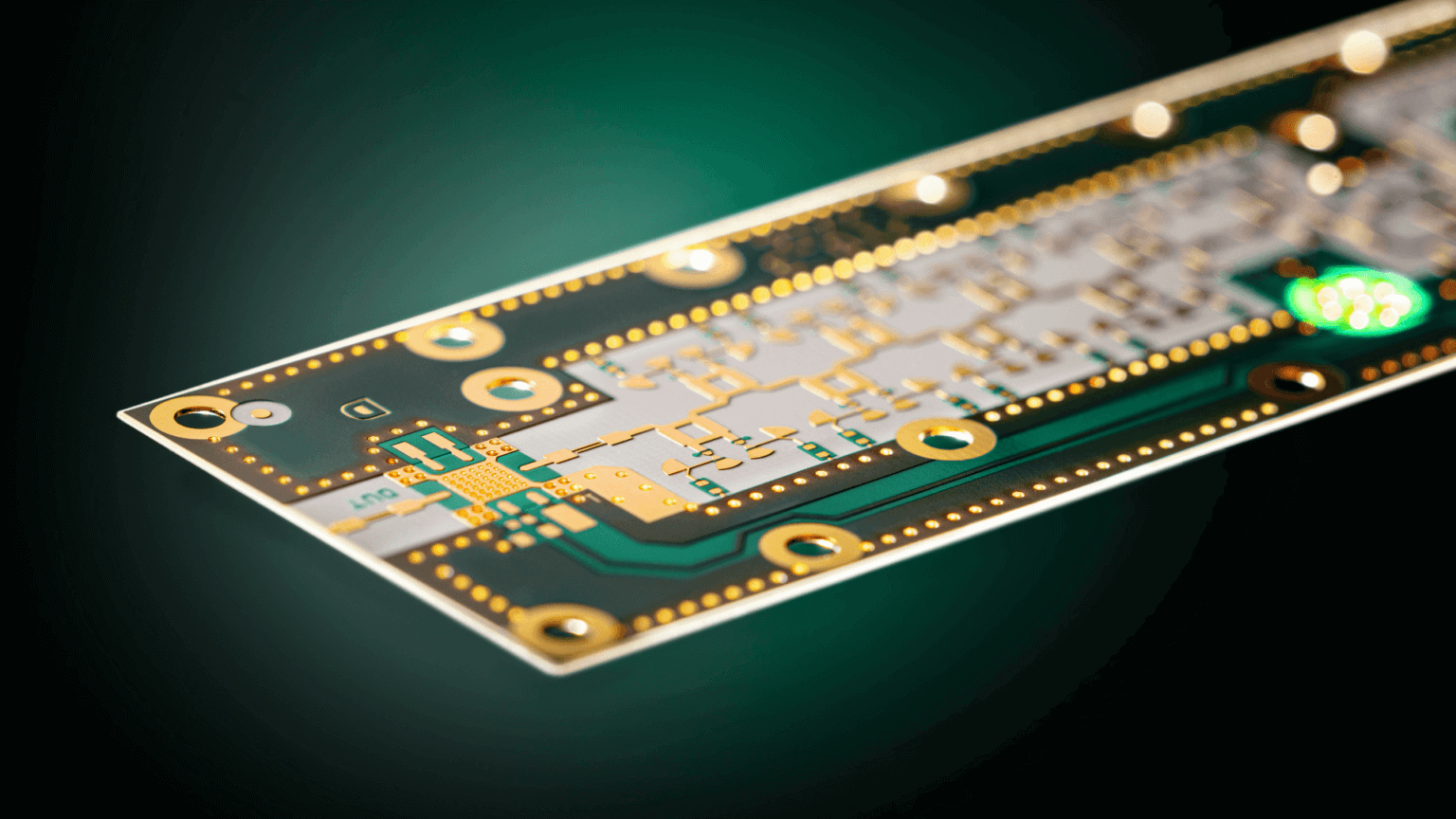FR-4 is one of the substrate materials of PCB. The colors of FR-4 board surface include yellow FR-4, white FR-4, black FR-4, blue FR-4, etc.FR-4 is not a material, but a material grade, which represents a material code of a fire resistance grade. It means that the resin material must be able to extinguish itself after burning.
Flexible PCB is a unique type of printed circuit board that replaces the rigid FR4/metal/PTFE/ceramic substrate with a thin, bendable polyimide (PI) substrate and replaces the solder mask with a PI coverlay. Plated through holes or buried vias insulate and protect the conductive copper traces that connect the various flexible PCB layers to the non-conductive PI material. Flexible circuit board, flexible PCB or FPC is another name for flexible PCB.
Special process flow for PCB processing of circuit boards As a practitioner in the PCB industry, for PCB copying, PCB design-related processes must be mastered.
Nano waterproofing agent can be understood as nano waterproof coating, nano moisture-proof coating, anti-salt spray corrosion coating from the function, which provides a better solution for the waterproof of electronic products.The nano coating is directly applied to the PCBA of electronic products by immersion and spraying
Generally, multilayer circuit boards are designed with large amounts of copper foil as grounding devices. Sometimes, the Vcc layer is also designed with large amounts of copper foil. When these large amounts of copper foil cannot be evenly distributed on the same multilayer circuit board, it will cause problems with uneven heat absorption and heat dissipation rates. The multilayer circuit board will naturally expand and contract when heated and contract when cooled. If the expansion and contraction cannot be achieved at the same time, different ground stresses will be caused and the board will deform. At this time, if the temperature of the board has reached the limit of the Tg value, the board will gradually soften and cause deformation
With the increase in signal transmission speed and the widespread application of high-frequency circuits, circuit board impedance control has become a key factor in ensuring signal integrity, reducing signal interference, and improving system stability
High-frequency PCB circuit boards are circuit boards specially designed for transmitting high-frequency signals. They have special design and manufacturing requirements to ensure good signal transmission performance and the lowest possible signal attenuation in the high-frequency range
High-frequency circuit boards refer to special PCB circuit boards with higher electromagnetic frequencies. They are used in high-frequency (frequency greater than 300MHZ or wavelength less than 1 meter) and microwave (frequency greater than 3GHZ or wavelength less than 0.1 meter) fields. They are produced on microwave substrate copper-clad boards using some processes of ordinary rigid circuit board manufacturing methods or using special processing methods. Generally speaking, high-frequency boards can be defined as circuit boards with frequencies above 1GHz.
Maximize the efficiency of your design and manufacturing processes by optimizing your board development to mitigate the rigid flex PCB cost challenges















